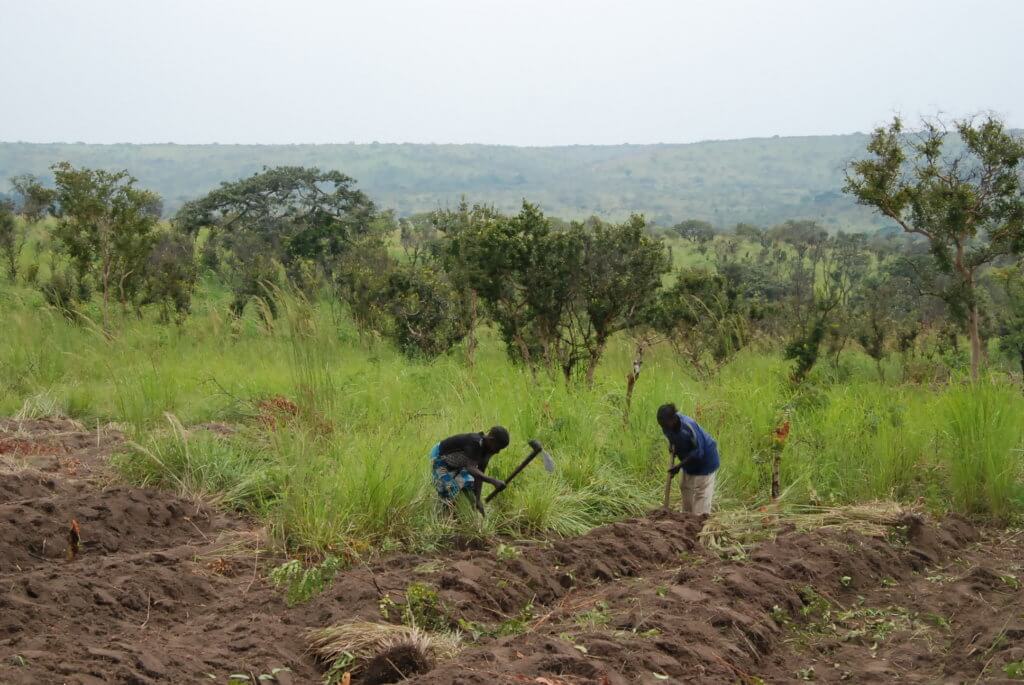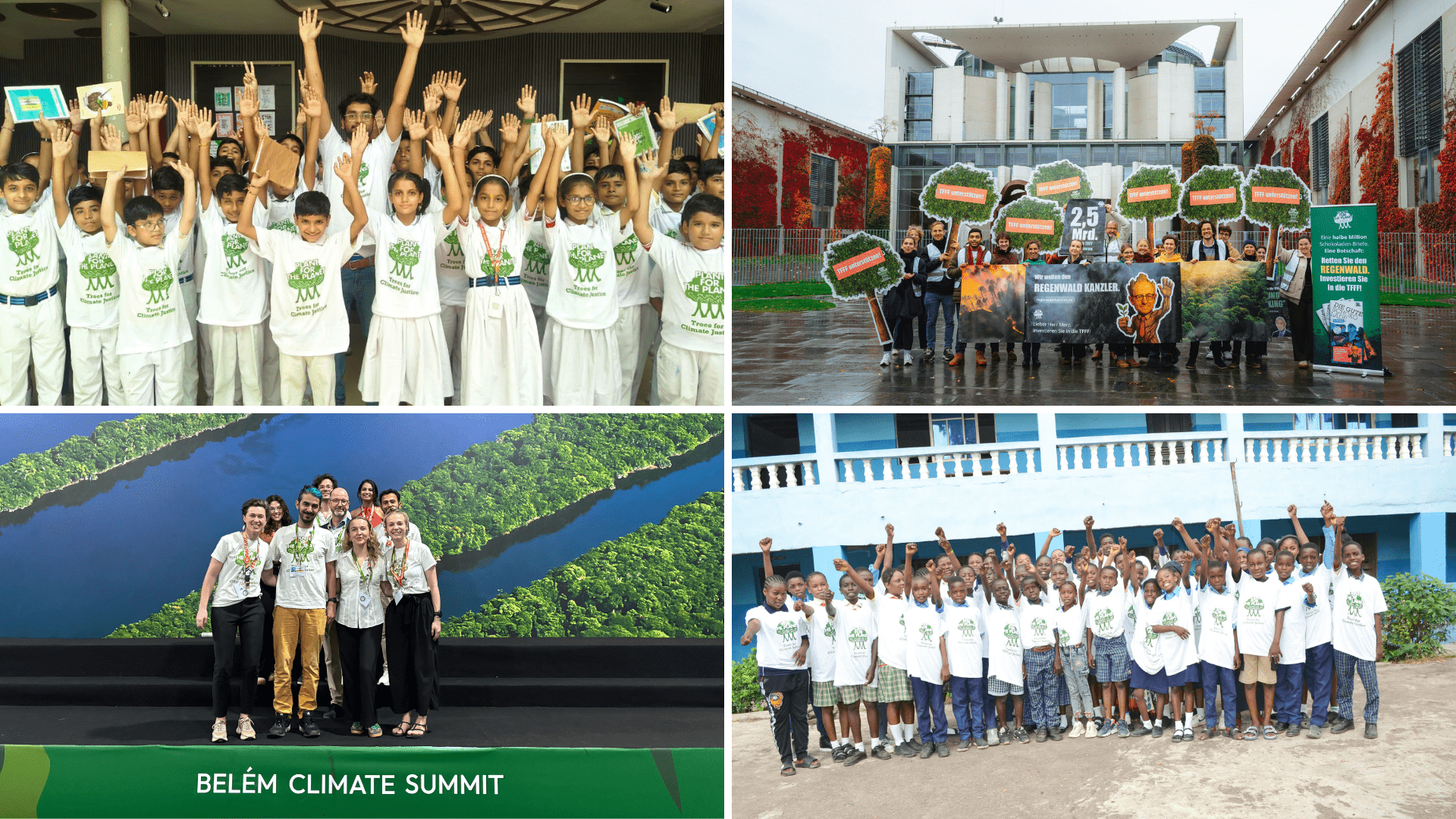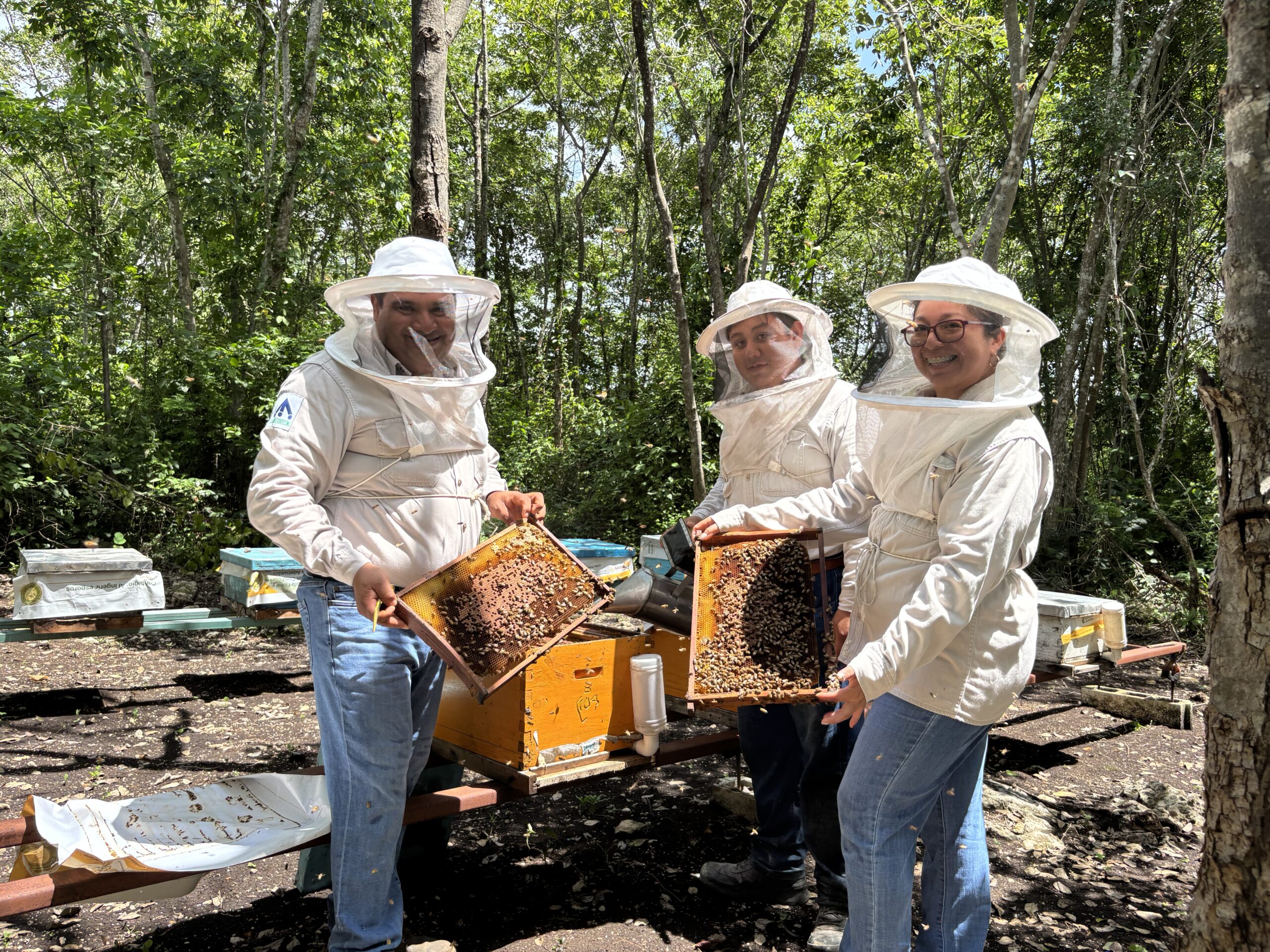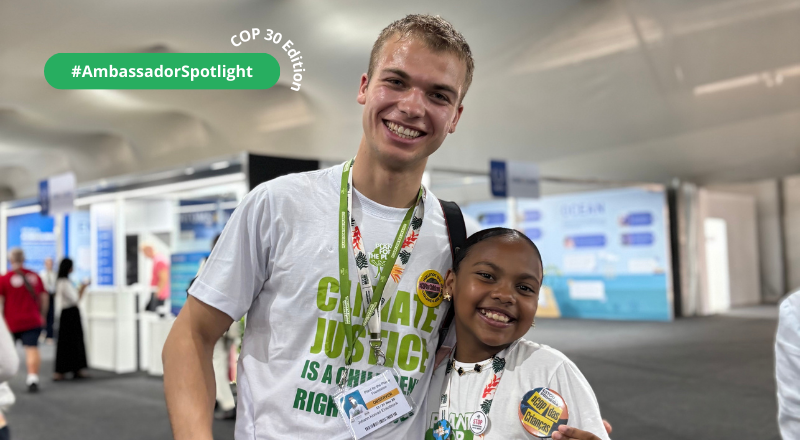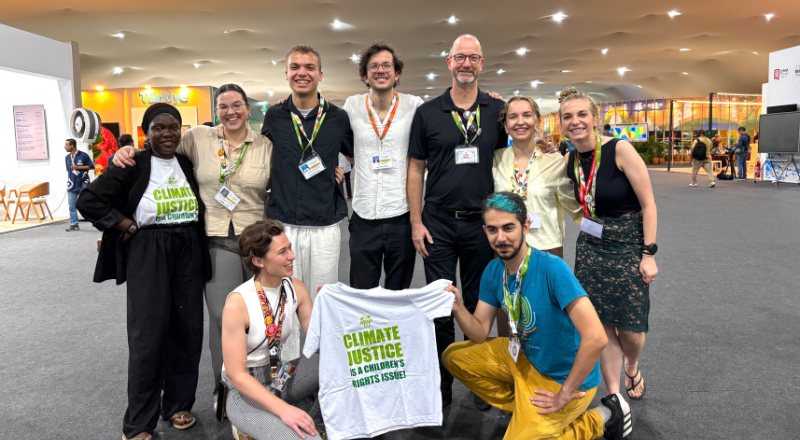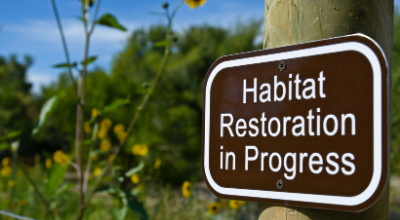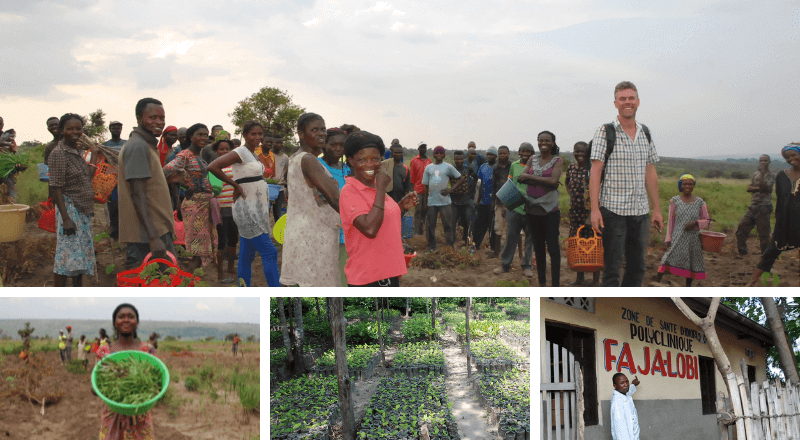
Fighting the climate crisis is a joint effort that requires a multistakeholder approach. To achieve the targets, getting the private sector involved is now more crucial than ever. Saskia De Clippeleer is the co-owner of Pebble Wave – an incubator, investor, and private equity fund- that invests in people, products, companies, and ideas with the potential to solve significant global needs. Saskia spoke to us about their cooperation with a reforestation project in Congo named Faja Lobi, which was started in 2012 by Jurgen Heytens, the Project Owner.
Faja Lobi works to protect and save the largest rainforest in Congo from exploitation through a people-centered approach. Saskia explains how this project creates more jobs, empowers women and why every Belgian should link up with Faja Lobi to support planting more trees in Congo.
To give everybody a better understanding of how their work contributes to social and climate action in Congo, we share here some edited excerpts from the interview.
About Faja Lobi Reforestation
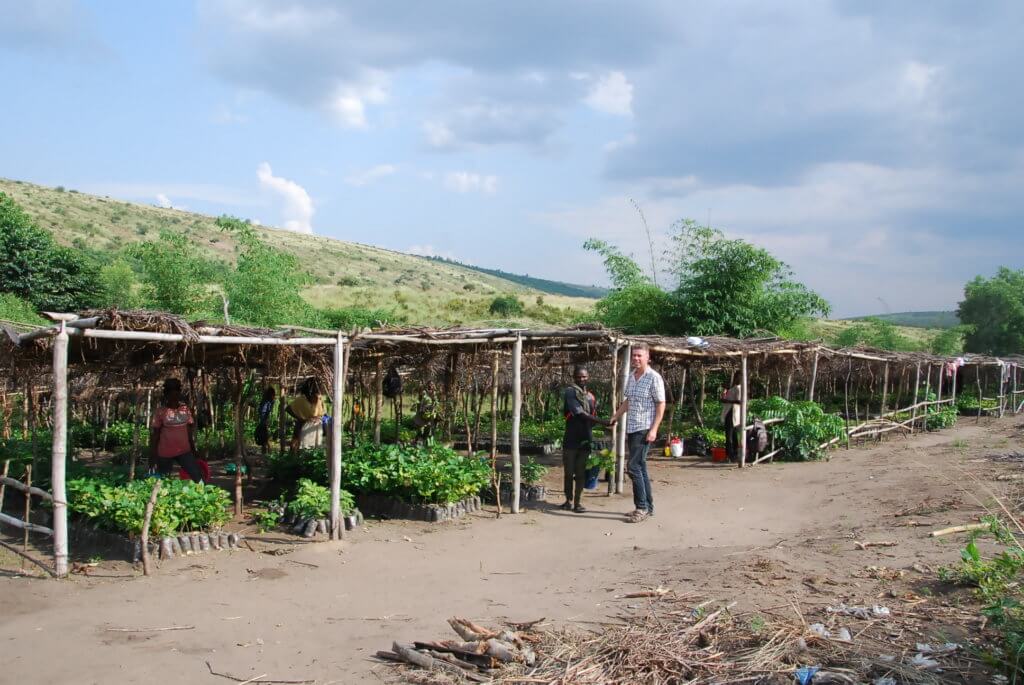
We started Faja Lobi in 2012. Since then, we have led several projects intending to improve Congo’s ecological and social situation through our reforestation and tree-planting program. We are aware of the enormous challenges we face, like climate change, serious agricultural overexploitation, soil, vegetation degradation, and migration from villages to cities, such as Idiofa in Congo. There are also several problems in the cities, such as lack of infrastructure, not enough jobs, and absence of government support for unemployed people. This results in land-use conflicts and serious forms of corruption. In the Faja Lobi’s urban areas, the cultural, educational, and economic structure is damaged. With our natural environment restoration and reef restoration program, we are helping the city to address these challenges.
Saving existing forests by planting new ones
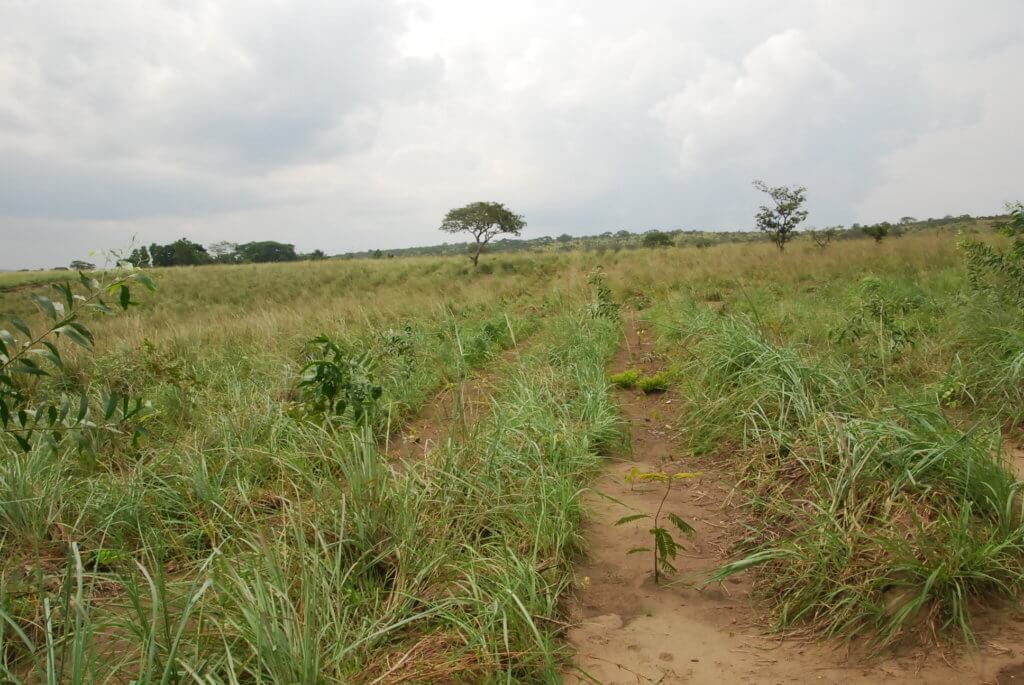
In April 2020, we reforested 3000 hectares of forests. The new milestone for us is set at 50,000 hectares. These new forests are being planted near the savanna highlands of Idiofa and will prevent further desertification of the region. By planting new forests, we aim to reduce the pressure on the jungle of Congo. Protection of existing forests is crucial, and Congo has one of the world’s second-largest contiguous rain forests. Nevertheless, we know that people use trees for different subsistences or domestic activities, such as cooking. So, to protect existing forests, we are creating new ones where people can use some newly grown trees. Further, as future lodging will be possible in these new forests, we are making sure to implement the best forest management techniques to develop sustainable timber trade. This is a desired long-term perspective, around 50 to 80 years from now.
People-centered approach, Job Creation
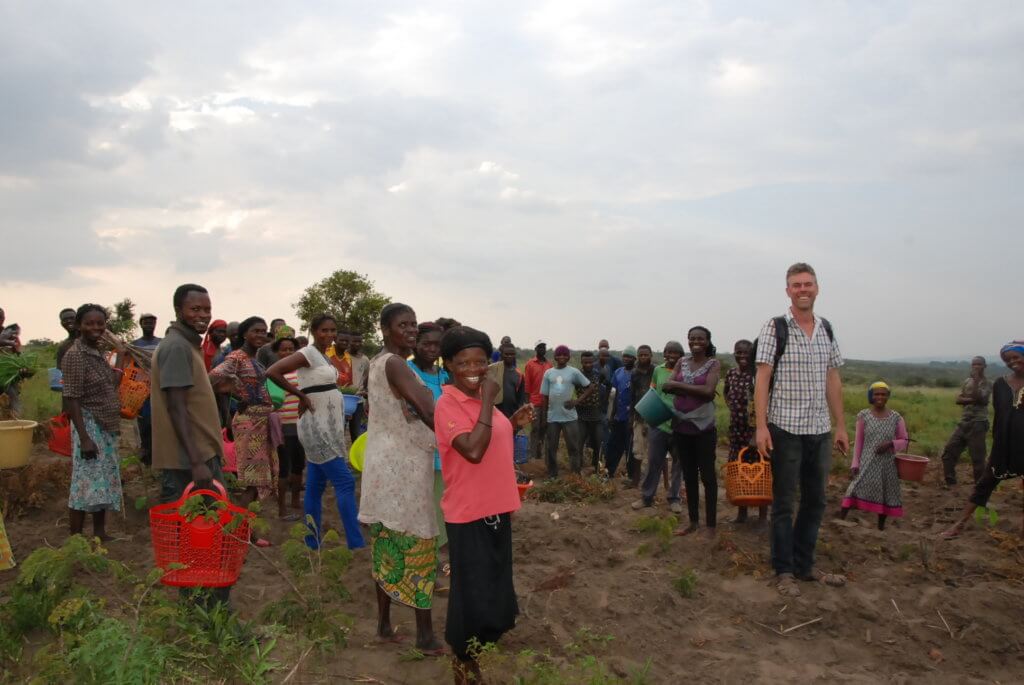
Moreover, we act as mediators, counselors, and contact persons for the local population. Unlike other NGOs, who mainly employ Western workers to realize their projects, we hire locals instead to achieve our goal. Currently, we have almost 600 local workers in our reforestation project. About 80% of our budget contributes to the well-being of the employees, including paying salaries, meals provision, and offering student tuition for the local youth. Supporting the local community is one of the most important core values of our organization. We could, for example, purchase tractors and other machines, but we deliberately avoided it because, with that money, we can provide more people with a job plus an income instead. Furthermore, the organization helps with the planning and financing of necessary infrastructure for the community. For example, Faja Lobi took the initiative to build a hospital, a carpentry workshop, an internet cafe, and a restaurant, all for the people’s benefit. With these actions, we increase the life quality of people in the village.
Fighting Forest Fires, Fire Corridors and Certification
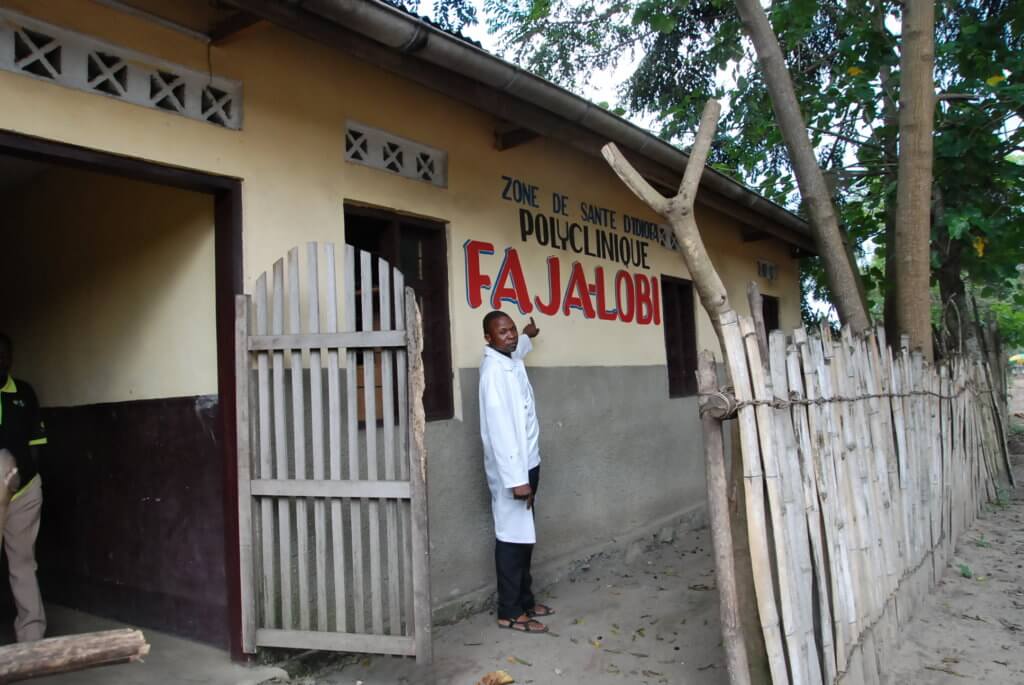
One of our biggest challenges is the savanna fires. People in Congo still use the slash-and-burn method, i.e., burning trees to make space for agricultural fields. This leaves us with the huge task of creating fire corridors. We protect lots of forests with fire corridors by preventing fires from reaching other parts of the forest. Another big problem we are facing is the forest’s existing paths which, for example, are being used by children playing who play with fire to hunt rats and so, which then most likely act as entrance points for the fires.
However, our biggest problem is budget-related. On the one hand, we do not have a regular cash flow to plant all we can. On the other hand, we do not have enough money to get officially certified even if we would looking forward to getting one. We will need around 200,000 euros to get even started and around half a million in the long run due to continuous follow-up procedures. We hope there will be a better way to provide certification for restoration projects like ours in the future. We know many people are doing a great job with forests but cannot get certified due to high costs. For that reason, we are now searching for investors to help us realize that important objective.
Discovering Plant-for-the-Planet through Google
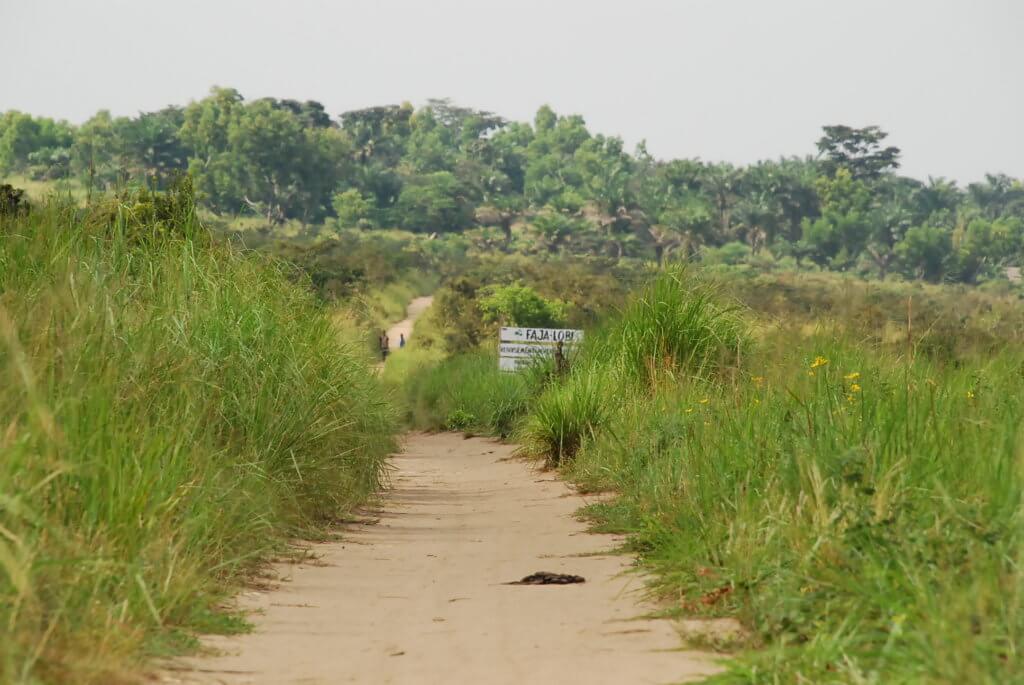
In the beginning, I used Google to find platforms that support reforestation projects. With its Trillion Tree Campaign, Plant-for-the-Planet was one of the climate action organizations that responded very quickly. Right from the beginning, it was very easy to start with them. I just searched for platforms that grouped tree-planting projects, and the Trillion Tree Campaign was one of them. That is how we got connected.
From Donation to Planting – The Processes
At the beginning of the project, we bought seeds, but now we collect them from our self-planted trees, which are already very big. We set up nurseries to grow these seeds into young plants. They are called “pépinières” in Congo because many communities speak a lot of French. They are set up on the site where we are planting our trees, so no extra transport is needed. Meanwhile, the planting site is prepared, and workers remove weeds to make room for the upcoming saplings. All this process takes from six months to a year after we planted the saplings. We then take care of those small trees for about three years, when they are big enough. Pending this time, we also create firebreaks, which are maintained for at least 30 years. We have a calendar for each seed and each tree to know when the plants have seeds.
Seedlings and Deciding which Species to Plant
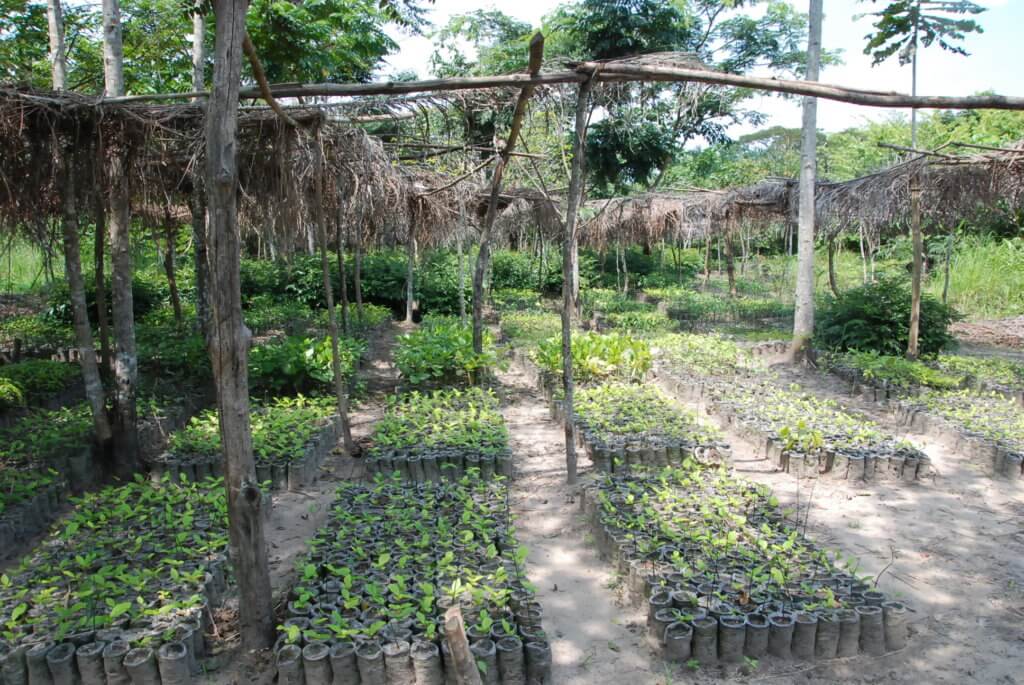
We plant trees that are native to the area. We look in the local forests for healthy and strong trees, large and straight, and with good foliage. When found, our searchers collect the seeds using mosquito nets placed under the trees. These mosquito nets are placed just during the seed-falling season. We also plan a small percentage of non-native species, like Acacia.
Why do we plant Acacias? They grow very fast, and they provide shelter for the native trees, which grow slower. Once native trees are bigger than the acacias, we cut Acacias because they have a low chance of survival in the shades as they compete with native species. We replace them with native trees, and the harvested Acacias are used as timber for the community, having a win-win for our organization.
A Call to Belgians…
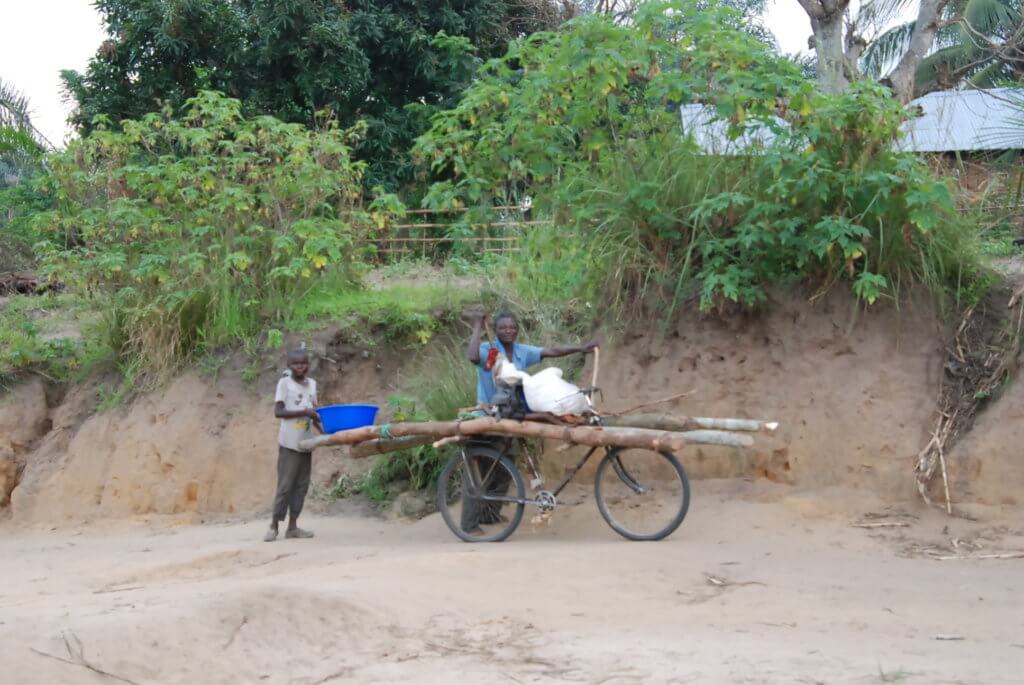
We in Belgium have selected Congo. Why? Because King Leopold caused a lot of problems in Congo in the late 18-1900s. He made Congo suffer a lot, and I believe it is our duty now as a Belgian company and as Belgian people to have something like this to compensate for what he has done. For all Belgian people, I say you have to get connected with Faja Lobi because they are planting trees in Congo, and we, as Belgians, can and should help them with that. That is a suggestion I would make: Congo has one of the largest rainforests in the world. Rainforest is much more than just a forest; it’s been there long enough, and there are lots of animals and trees there. We would like that to continue to exist there. Therefore, we plant other trees so people can use them instead of cutting the existing rainforests. It is also an interesting project to help save more of the world’s rainforests.
Empowering Women through Faja Lobi…
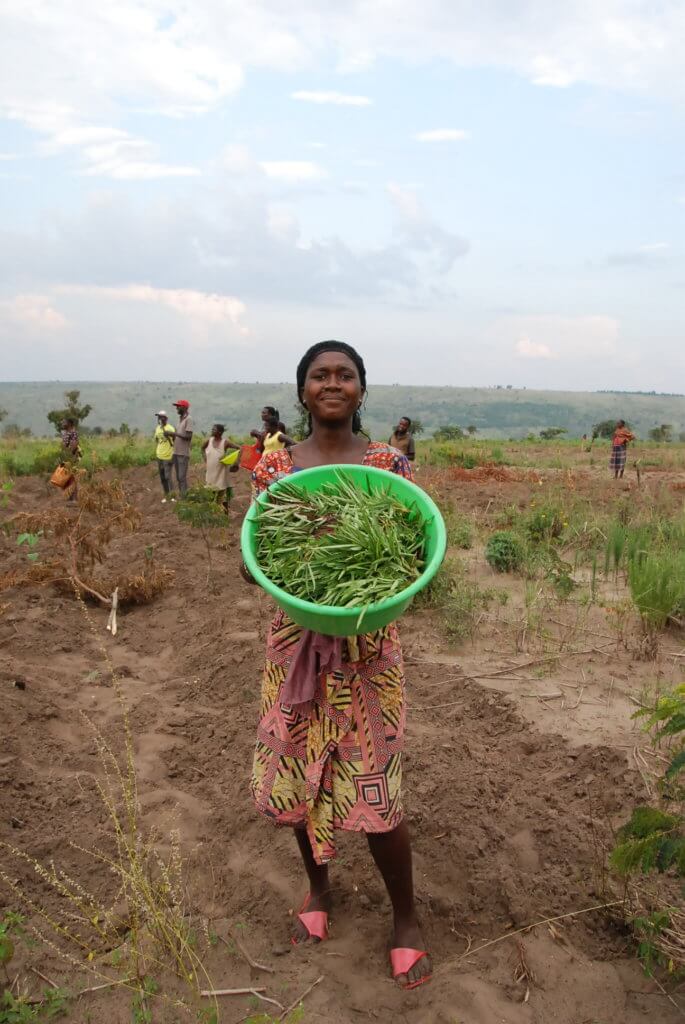
We work together with women in Congo because they do not have many areas to plant Manioc, even if they eat it a lot. In Faja Lobi, we have lots of sites where we do not yet plant trees, but we already have a connection with the local clans to reforest them. We talk to the women to plant Manioc on these sites, and in doing so, they can benefit from the land. This is a win-win process because they remove all the weeds to plant. This helps us reduce costs since we do not have to hire people to remove the weeds because women already do that. With this collaboration, people can grow their Manioc in the sights around Idiofa, where they live. As a result, people are very, very happy to be able to work in that way.
Also, we have agroforestry. People plant trees like coffee, cashew, cacao, citrus, and lots of forest vegetables (Fumbwa, Misili, and Mikungu) in the forests, and, like that, they have access to food, and that means there is no need to search for other areas to grow their plants. So we do agroforestry, but we need further funding to improve and enhance the process. I think we already have eight different types of plants that we can plant there, and people already know what type of plants they are growing and workout but still, we can make it bigger. As we already have 3000 hectares of forest, there is lots of room for growing vegetables. In the meantime, we will consider adding agroforestry as a new project on the Trillion Tree Campaign platform.
Visit Faja Lobi to learn more.
